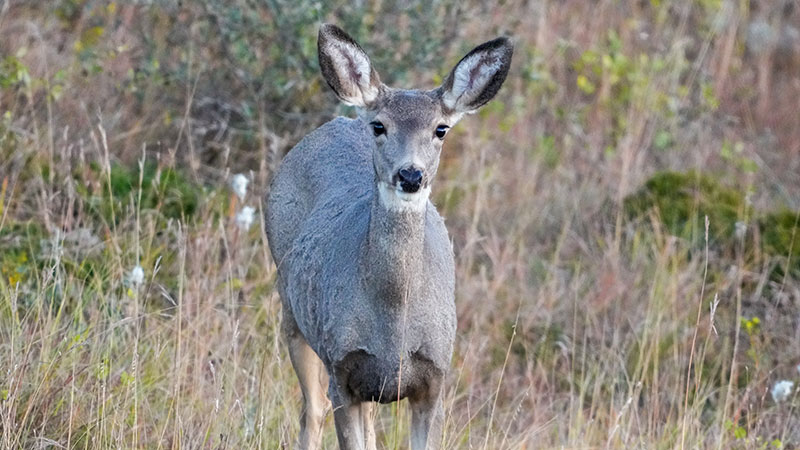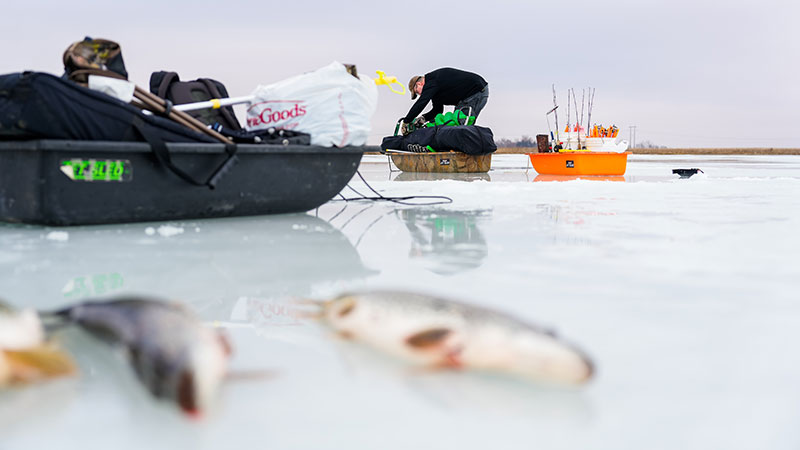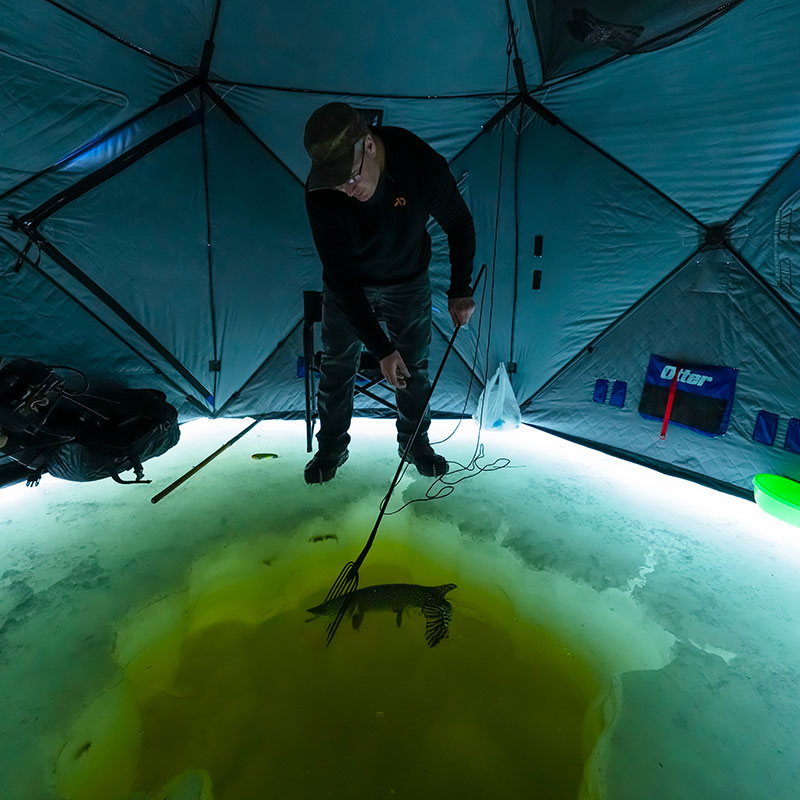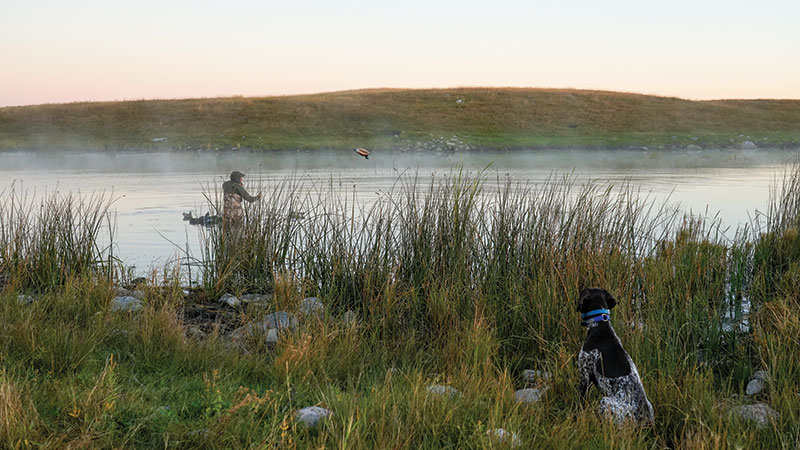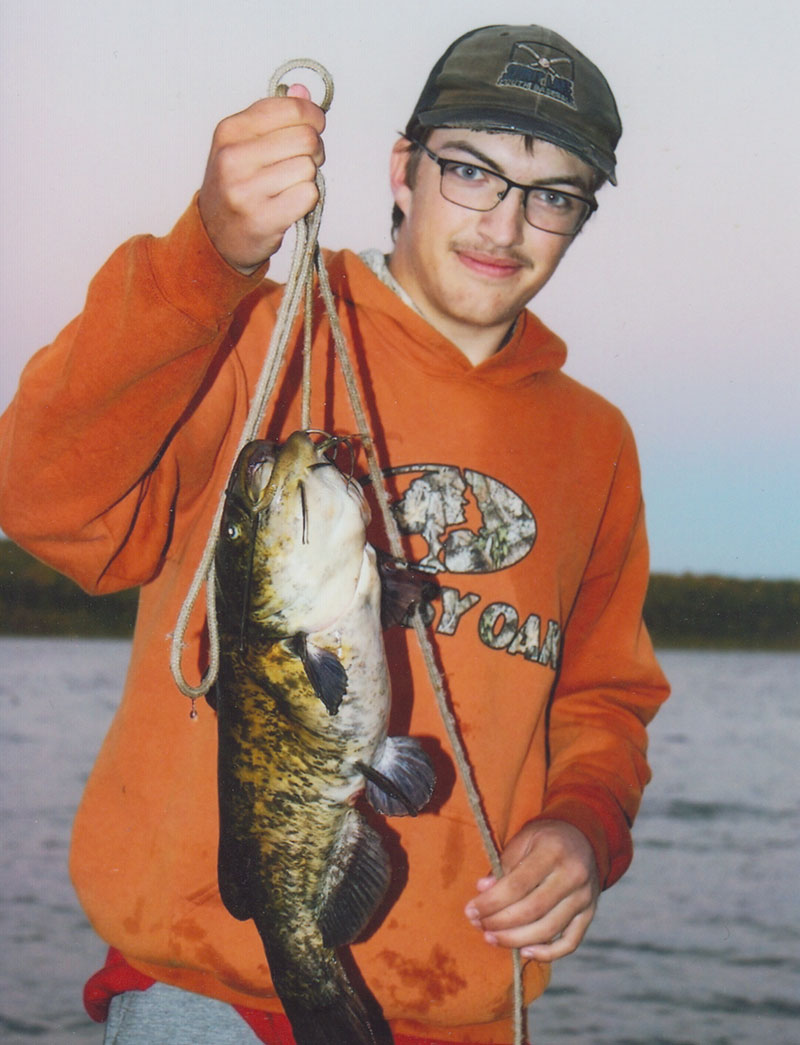The North Dakota Game and Fish Department will continue its Hunter-Harvested Surveillance program during the 2024 hunting season by sampling deer for chronic wasting disease from select units in the northeastern portion of the state.
Samples will be tested from deer taken from units 1, 2C, 2D, 2E, 2F1, 2K1, 2K2, 2L, 3A4 and 3B2. Outside of this area, hunters can still have their animal tested by taking to a Game and Fish district office, deer head collection site or by using a self-sampling kit.
CWD is a slow-moving brain disease of deer, moose and elk that can cause population-level impacts under high infection rates.
Hunters are encouraged to drop off heads of adult or yearling deer at collection locations listed on the Department’s website at gf.nd.gov. Fawns and head-shot deer cannot be tested. Hunters wishing to keep the heads can bring them to a Game and Fish district office during business hours to have them sampled.
Self-sampling kits are available for hunters who wish to have their deer tested but are unable to drop the head at a collection site. The do-it-yourself kit allows hunters to remove the lymph nodes and ship them to the Department’s wildlife health lab for testing. The kits can be found on the Department’s website and at district offices.
Results can be expected within four weeks and will be sent to your Game and Fish My Account inbox.
Hunters are also reminded that carcass disposal requirements now apply statewide. The entire carcass can be transported outside of the gun unit where it was harvested. If transported out of the gun unit, the carcass waste (material left after processing) must be disposed of via landfill or waste management provider. This requirement does not apply to heads dropped at CWD collection sites, or lymph nodes submitted for CWD surveillance.
More information on CWD is available online.
Anglers are encouraged to refer to the 2024-26 North Dakota Fishing Guide for winter fishing regulations.
Some winter fishing regulations include:
- A maximum of four poles is legal for ice fishing. However, when fishing a water body where both open water and ice occur at the same time, an angler is allowed a maximum of four poles, of which no more than two poles can be used in open water.
- Tip-ups are legal, and each tip-up is considered a single pole.
- There is no restriction on the size of the hole in the ice while fishing. When a hole larger than 10 inches in diameter is left in the ice, the area in the immediate vicinity must be marked with a natural object.
- It is only legal to release fish back into the water immediately after they are caught. Once a fish is held in a bucket or on a stringer, they can no longer be legally released in any water.
- It is illegal to catch fish and transport them in water.
- It is illegal to leave fish, including bait, behind on the ice.
- Depositing or leaving any litter or other waste material on the ice or shore is illegal.
- Any dressed fish to be transported, if frozen, must be packaged so that the fillets are separated and thus can be easily counted without thawing. Two fillets count as one fish.
- The daily limit is a limit of fish taken from midnight to midnight, and no person may possess more than one day’s limit of fish while actively engaged in fishing. The possession limit is the maximum number of fish that an angler may have in his or her possession during a fishing trip of more than one day.
North Dakota hunters receiving a survey this winter are encouraged help with wildlife management by completing the survey online or returning it to the state Game and Fish Department.
Chad Parent, Department survey coordinator, said big game, small game, waterfowl, swan, turkey and furbearer questionnaires will be mailed to randomly selected hunters.
Parent said it is important hunters complete and promptly return the survey, even if they did not hunt. The harvest survey allows Game and Fish to evaluate the hunting season, to determine the number of hunters, amount of hunting activity and size of the harvest.
A follow-up survey will be mailed to those not responding to the first survey.
North Dakota’s darkhouse spearfishing season opens whenever ice-up occurs. The season extends through March 15. Legal fish are northern pike and nongame species.
In addition, for Stump Lake and the Devils Lake complex south of U.S. Highway 2 and the Missouri River System (including lakes Sakakawea, Oahe and the Missouri River) up to the first tributary bridge, walleyes are also legal.
Darkhouse spearing is allowed for all anglers with a valid fishing license and for youth under age 16.
Individuals who are required to possess the needed valid fishing license to participate in darkhouse spearfishing must register with the North Dakota Game and Fish Department prior to participating. Registration is available at the Department’s website, gf.nd.gov, or through any Game and Fish Department office.
All waters open to hook and line fishing are open to darkhouse spearing except: Lake Audubon, East Park Lake and West Park Lake, all McLean County; Heckers Lake, Sheridan County; Larimore Dam, Grand Forks County; McClusky Canal; New Johns Lake, Burleigh County; Red Willow Lake, Griggs County; Wood Lake, Benson County; Lake Ashtabula, Barnes and Griggs counties; and Whitman Dam, Nelson County.
Anglers should refer to the 2024-26 North Dakota Fishing Guide for more information.
The North Dakota Game and Fish Department encourages hunters, anglers and landowners who witness a fish or wildlife violation to file a report with the Report All Poachers program.
Witnesses should report a violation by calling RAP at 701-328-9921.
Witnesses should note the vehicle description, including make, color, license plate number and state issued. Description of the violator should also be considered.
The RAP line offers rewards – from $100 to $1,000 depending on the nature and seriousness of the crime – for information leading to the conviction of fish and wildlife law violators. Reports can also go directly to game wardens or other law enforcement agencies. Callers can remain anonymous.
The North Dakota Game and Fish Department is taking orders for its North Dakota OUTDOORS calendar, the source for all hunting season and application dates for 2025. Along with color photographs of North Dakota’s wildlife and outstanding scenery, it also includes sunrise-sunset times and moon phases.
Calendars must be order online.
The calendar is the North Dakota OUTDOORS magazine’s December issue, so current subscribers will automatically receive it in the mail.
The storied past of waterfowl in North Dakota is uniquely revealed in the North Dakota Game and Fish Department’s publication, “The Duck Factory – A History of Waterfowl in North Dakota.”
Certainly of interest to waterfowlers and other outdoor enthusiasts, the 213-page, full color, soft-cover publication is authored by Mike Jacobs and Erik Fritzell. The book traces the history of waterfowl species and their habitats in North Dakota.
“The Duck Factory” is an important story because of North Dakota’s longtime and continuing contribution to the world of migratory birds, said Mike Szymanski, Department migratory game bird management supervisor.
“North Dakota is the most important state for breeding ducks,” he added. “The contribution of ducks from North Dakota into the fall flight is unmatched by any other state, and its importance to duck hunters cannot be understated. Describing the history of waterfowl in North Dakota was a story that we felt was certainly worth telling.”
The book is sold only online for $24.99, including shipping, on the Game and Fish Department’s website, gf.nd.gov, by clicking on Buy and Apply, and then Shop.
Daniel Wegener’s bullhead caught Sept. 27 broke a state record for the species that’s been in the books for more than 35 years.
The Fort Totten angler reeled in his 4-pound, 9-ounce bullhead from Devils Lake.
The previous record of 4 pounds, 1 ounce was established in 1988 by Riley Zavada, a Wolford angler who was also fishing Devils Lake.
Fisheries crews completed their annual salmon spawning operation on Lake Sakakawea, collecting 1.9 million eggs.
Russ Kinzler, North Dakota Game and Fish Department Missouri River System fisheries supervisor, said the 2024 spawn was almost perfect with lots of fish and great weather.
“The numbers of fish in the spawn this year were amazing to see, and we saw a noticeable increase in the size of our salmon compared to last year,” Kinzler said. “In addition to collecting enough eggs for our needs, we were able to help South Dakota by collecting over 715,000 eggs for their salmon program.”
Kinzler said the eggs should be enough to stock the 350,000 smolts planned for Lake Sakakawea in 2025.
The average size of female salmon was 5.8 pounds, more than a pound larger than last year. The largest salmon was 9.7 pounds.
Chinook salmon begin their spawning run in October. Since salmon cannot naturally reproduce in North Dakota, Game and Fish personnel capture the fish and transport them to Garrison Dam National Fish Hatchery where they are relieved of their eggs.
Once the eggs hatch, young salmon spend about six months in the hatchery before being stocked in Lake Sakakawea.


